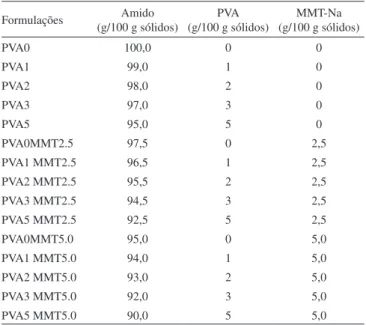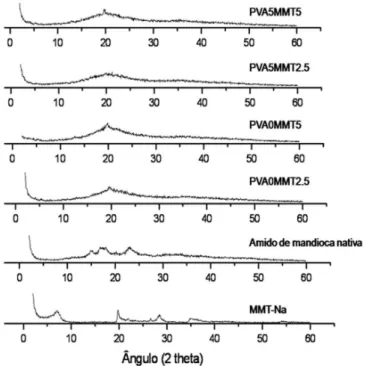Physical properties of biodegradable films based on cassava starch, polyvinyl alcohol and montmorillonite.
Texto
Imagem




Documentos relacionados
These questions aimed at finding out a more detailed perspectives from the respondents regarding the following topics: generic expectations regarding next generation of
Traction tests were also carried out for the paper samples without impregnation with the CSA solution, to verify the influence of the CSA on the resistance to traction.. The
The aim of this work was to manufacture the biodegradable nanocomposite films by extrusion from different combinations of cassava starch, xanthan gum and
Thus, the objectives of this work were to evaluate the effects of cassava starch, polyvinyl alcohol, sugarcane bagasse fibers and chitosan on microstructure, density,
To demonstrate that SeLFIES can cater to even the lowest income and least financially trained individuals in Brazil, consider the following SeLFIES design as first articulated
Characterization of biodegradable composite films prepared from blends of poly(vinyl alcohol), corn starch and lignocellulosic fiber. Adhesion of an amylolytic ar t hr obact er
The puncture elongation ranged from 5.9 to 21.5 mm, and according to the factorial design model the puncture elongation were influenced by both the PVA grade and the
No experimento de cana-soca, resíduos de palha da cultura, após colheita mecanizada, foram deixados no campo, adotou-se a quantidade de 12,8 t ha -1 para comparação à